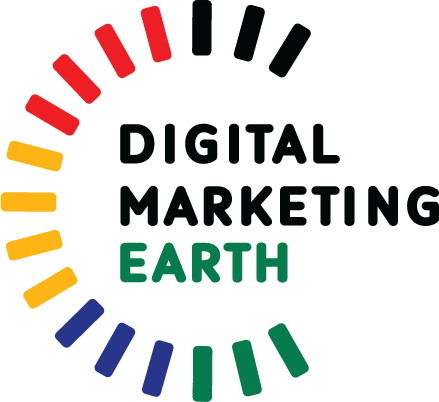In the world of digital marketing, where attention spans are shorter than ever, the power of words cannot be underestimated. Effective copywriting is the secret sauce that transforms a casual reader into a loyal customer. Whether you’re writing for a website, social media, email campaigns, or advertisements, mastering the art and science of copywriting is essential for driving conversions and building brand authority.
Understanding the Basics of Copywriting
At its core, copywriting is the art of persuasive writing. It’s about compelling your audience to take action—whether that’s making a purchase, signing up for a newsletter, or simply clicking a link. To excel in copywriting, consider these fundamental principles:
- Know Your Audience: Successful copywriting begins with a deep understanding of your target audience. What are their pain points, desires, and motivations? Tailor your message to resonate with them.
- Clarity is Key: Clear and concise copy is more effective than long-winded prose. Get to the point and communicate your message succinctly.
- Use Compelling Headlines: Your headline is the first thing readers see. Make it attention-grabbing and relevant to the content that follows.
- Tell a Story: People connect with stories. Craft narratives that engage emotions and illustrate the value of your product or service.
- Highlight Benefits, Not Just Features: Explain how your product or service will improve the reader’s life. Focus on benefits rather than just listing features.
The Science Behind Effective Copywriting
Beyond the artistry, copywriting also involves a fair share of science. A/B testing, data analysis, and SEO optimization are essential components of successful copywriting:
- A/B Testing: Experiment with different versions of your copy to see which one performs better. Test headlines, calls to action, and content structure to refine your approach.
- Data-Driven Decisions: Use analytics tools to gather data on user behavior. This data can guide your content strategy and help you understand what resonates with your audience.
- SEO Optimization: Incorporate relevant keywords into your copy to improve search engine rankings. But remember, readability and user experience should never be sacrificed for keywords.
- Mobile Optimization: With the majority of web traffic coming from mobile devices, ensure that your copy is mobile-friendly. Short paragraphs, concise sentences, and compelling visuals are crucial.
The Role of Emotional Triggers
Emotions play a significant role in decision-making. Great copywriters know how to tap into these emotions to influence behavior. Here are some emotional triggers to consider:
- Fear of Missing Out (FOMO): Highlight limited-time offers or exclusive deals to create a sense of urgency.
- Curiosity: Use teaser copy that piques curiosity and encourages readers to learn more.
- Empathy: Show that you understand your audience’s pain points and offer a solution.
- Trust: Use social proof, testimonials, and trust signals to build credibility.
- Desire: Create desire by illustrating the benefits and outcomes your product or service offers.
Continuous Learning and Improvement
Copywriting is an evolving field. What works today may not work tomorrow as consumer behaviors and technology change. To stay ahead, invest in continuous learning. Read books, take courses, and study successful copywriters in your niche. Experiment, learn from your mistakes, and adapt your approach.
In conclusion, copywriting is a blend of art and science. It’s about crafting persuasive messages that resonate with your audience while leveraging data and strategies to optimize conversions. By mastering the fundamentals and continuously refining your skills, you can become a proficient copywriter who drives results and makes a lasting impact.

